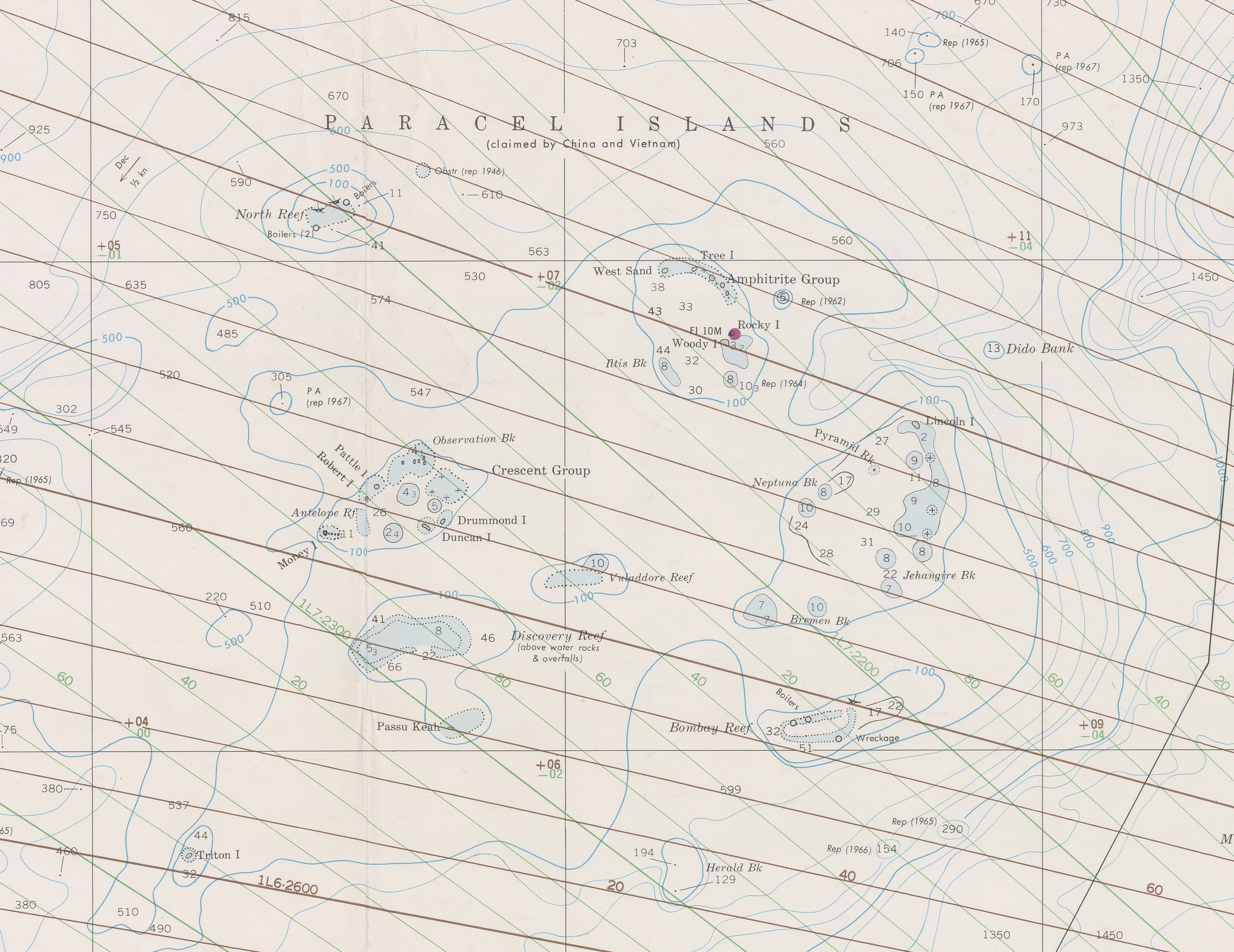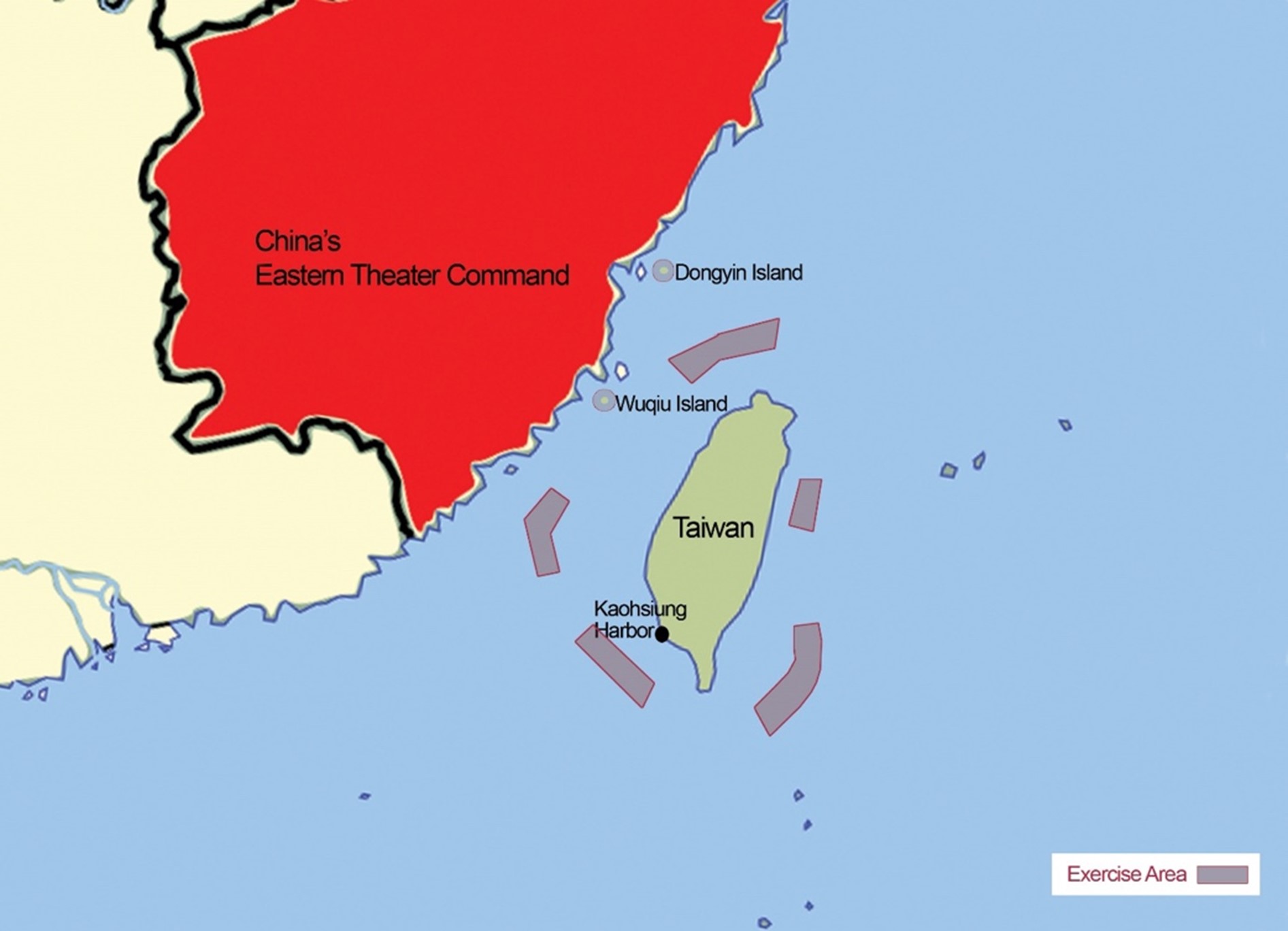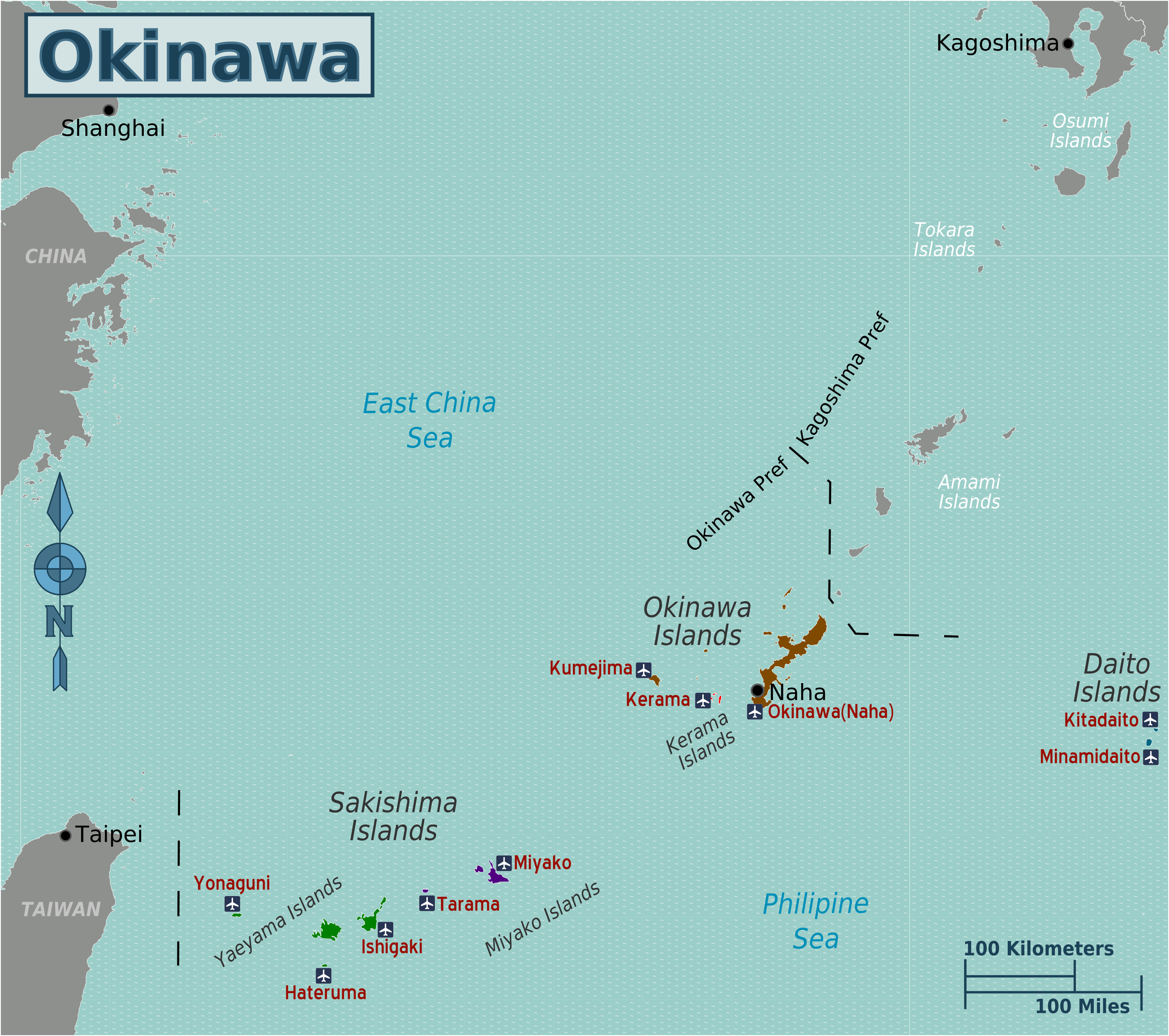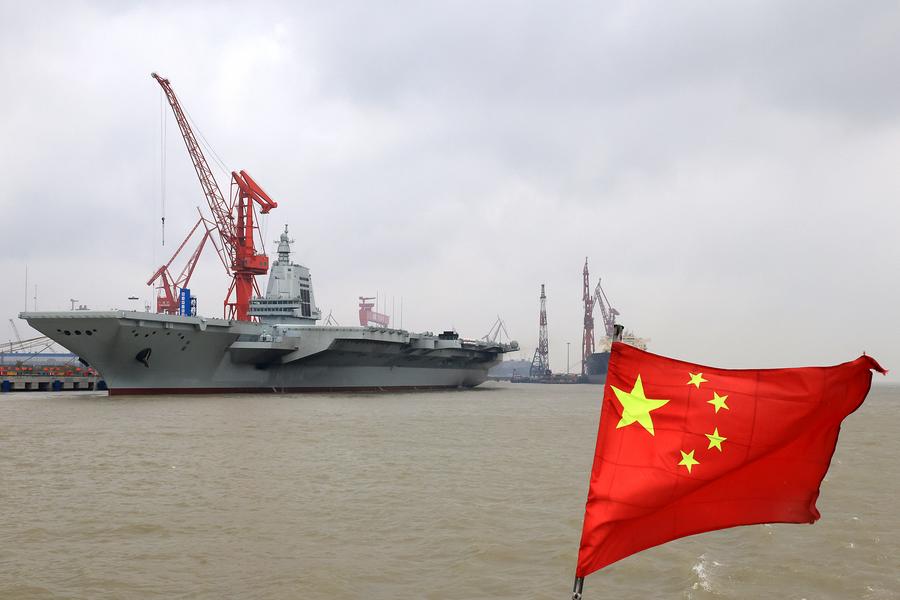Map of China’s five Theater Commands. The Southern Theater Command has responsibility for the borders all countries and coastline touched by its jurisdiction.
“With instability on the Myanmar border and rising tensions in the South China Sea, the PLA Southern Theatre Command is stretched to the limit.”
Multiple press reports emanating from Southeast Asia suggest China’s Southern Theater Command is being stretched to its operational limits.[i] According to the excerpted article from India media aggregator First Post, instability on the China-Myanmar border due to the on-going internal conflict in Myanmar between government and insurgent forces, and continued tension in the South China Sea, could push the command to the brink of its operational capabilities. The First Post article was published on the heels of China’s announcement that it would conduct three days of live fire drills and patrols on the border with Myanmar beginning on 27 August and ending 29 August. The military exercises took place across a small portion of China’s roughly 1,240-mile-long border with Myanmar and are the latest military operations by the PLA on the Myanmar border. According to the First Post article, the military exercises were conducted to “maintain the safety and stability of the border areas.” According to the second excerpted article from Singapore-based Central News Asia (CNA), China justified the frontier training exercises and patrols in the wake of recent battles between Myanmar’s military and non-government forces spilling over onto Chinese territory and the conflict generally threatening Chinese infrastructure projects on its frontier.
To the east, the PLA Navy’s Southern Fleet and accompanying air assets, operating under the Southern Theater Command, is tasked with carrying out China’s many interests in the South China Sea as China battles a variety of counterclaims on the features of the area.[ii]
The third excerpted article from Xinhau and published on Chinese military-focused news aggregator Chinamilitary.com noted that in addition to border security and continued operations in the South China Sea, the Southern Theater Command is frequently tasked to help with natural disasters such as the participation of 700 PLA Army personal to assist in the response to flooding in central China’s Hunan Province in July. None of the excerpted articles suggest the operational tempo of the Southern Theater Command would threaten the viability of the command itself, nor that China would be unable to reinforce the command from the other four theater commands if necessary. Still, the articles highlight a myriad of flashpoints within the jurisdiction of the Southern Theater Command that show no sign of abating as natural disasters, the conflict in Myanmar, and challenges to Chinese claims in the South China Sea are sure to continue.
Sources:
“Myanmar crisis to South China Sea tensions: Is PLA’s Southern Theatre Command stretched?”, First Post (India-based news service covering the region), 26 August 2024. https://www.firstpost.com/world/myanmar-instability-to-south-china-sea-tensions-is-plas-southern-theatre-command-stretched-13808289.html – goog_rewarded
With instability on the Myanmar border and rising tensions in the South China Sea, the PLA Southern Theatre Command is stretched to the limit.
China’s People’s Liberation Army Southern Theatre Command is facing an unprecedented strain as it prepares for a three-day live-fire drill on the Chinese side of the China-Myanmar border. This drill, set to commence on Tuesday, is a critical test of the command’s capabilities as it grapples with the increasing instability in Myanmar, which poses a significant threat to China’s border security and strategic interests.
The Yunnan provincial government announced that the drill would take place in several key locations including Ruili city near the townships of Huyi and Wanting, Zhenkang county near Mengdui township and the autonomous county of Gengma Dai and Wa near Mengding town. These areas are close to the nearly 2,000-kilometre border that Yunnan shares with Myanmar making them particularly vulnerable to the spillover effects of the ongoing civil war in Myanmar.
The Southern Theatre Command of the People’s Liberation Army is unique in that it must manage operations across multiple domains simultaneously. This includes land-based operations along the Myanmar border, maritime security in the South China Sea and air operations that support both naval and land operations.
The PLA Navy’s Southern Fleet, operating under the Southern Theatre Command, is tasked with a wide array of missions from routine patrols to potential conflict scenarios with foreign navies. The fleet must also be prepared to enforce China’s maritime claims often involving standoffs with vessels from other nations including the United States. The PLA Air Force units under the Southern Theatre Command are similarly stretched. They must conduct regular reconnaissance missions enforce airspace control over contested areas and provide rapid response capabilities in case of escalation…
This includes protecting Chinese investments in Myanmar, ensuring the security of critical infrastructure projects and supporting China’s strategic ambitions in the region.
China’s investments in Myanmar, particularly those related to the Belt and Road Initiative (BRI) are of strategic importance. The Southern Theatre Command is tasked with ensuring the security of these projects, which include pipelines, roads and ports that are critical to China’s access to the Indian Ocean. Protecting these assets from potential threats, whether from internal conflict in Myanmar or external interference, adds another layer of responsibility to the command’s already heavy workload.
“China’s military to conduct armed patrols, live-fire exercises near Myanmar border,” Channel News Asia (Singapore-based media service), 26 August 2024. https://www.channelnewsasia.com/asia/chinas-military-conduct-armed-patrols-live-fire-exercises-near-myanmar-border-4567376
China’s military said on Monday (26 Aug) it had organised army units and joint air-ground police patrols near its border with Myanmar to maintain security and stability as fighting between Myanmar’s ruling junta and rebel forces escalates.
The patrols will focus on areas around Ruili, Zhenkang and other frontline sections in China, the military said in a statement.
Major fighting has occurred in northern Kachin and Shan states in Myanmar, with artillery shells injuring people and damaging property on the Chinese side, and also threatening infrastructure projects in China.
The Southern Theatre of the Chinese People’s Liberation Army is organising army units to test troops’ ability to “quickly move, block and control, and strike together, and maintain security and stability in the border areas”, the military said.
A unit of the Chinese People’s Liberation Army is also scheduled to organise live-fire exercises on the Chinese side of the China-Myanmar border from Aug 27-29, according to a separate statement from China’s military.
Exercises will be held in areas located south of Ruili, and in other areas around Zhenkang county and Gengma Dai and Va autonomous county in west Yunnan province, the military said.
China said the conflict was having a negative effect on stability and social order on the China-Myanmar border.
Chinese foreign minister Wang Yi also said recently that China would continue “its commitment to restore peace and stability in Myanmar”.
“Over 700 officers, soldiers of PLA Southern Theater Command head for flood-hit region,” 7 July. Chinamilitary.com (Chinese military-focused news aggregator) http://eng.chinamil.com.cn/ARMEDFORCES/SouthernTheaterCommand/News_209144/16322315.html
More than 700 officers and soldiers from the airforce of the People’s Liberation Army (PLA) Southern Theater Command departed for Yueyang, central China’s Hunan Province, on Sunday to undertake flood relief and rescue operations.
Carrying 46 vehicles, they are scheduled to arrive at designated areas before midnight on Sunday, with the tasks of inspecting dikes, reinforcing embankments and assisting in the restoration of local production and daily life.Heavy and prolonged rainfall has resulted in flooding in various regions of China, notably causing a breach in the dike of Dongting Lake, the country’s second-largest freshwater lake, located in a county administered by the city of Yueyang.
Notes:
[i] China’s Theater Commands can be likened to the U.S. Combatant Commands but rather than a global focus, their areas of responsibility (AOR) are officially within China itself and the international borders respective to the individual command. China’s Southern Theater Command’s AOR borders Myanmar, Laos, Vietnam (Mainland Southeast Asia) and the South China Sea, and as such the Southern Theater Command has responsibility for this long frontier. It is also anticipated that the Southern Theater Command would support the Eastern Theater Command in any major amphibious operation against Taiwan.
[ii] The Southern Military Command’s air assets also engage in air interdiction missions. See: PLA Southern Theater Command drives away Philippine aircraft illegally intruding into China’s Huangyan Dao, China Military Online, 10 August 2024. http://eng.chinamil.com.cn/CHINA_209163/TopStories_209189/16330462.html
Image Information:
Image: Map of China’s five Theater Commands. The Southern Theater Command has responsibility for the borders all countries and coastline touched by its jurisdiction.
Source: https://en.wikipedia.org/wiki/Theater_command_(China) – /media/File:Map_of_Theatres_of_PLA_en.svg
Attribution: CC BY-SA 4.0







